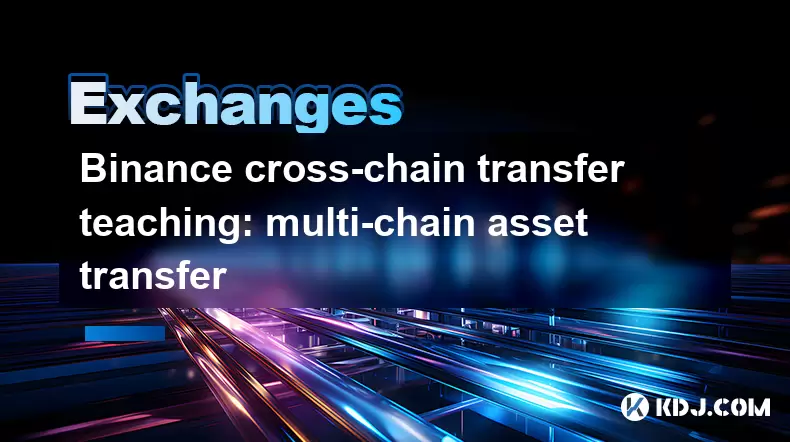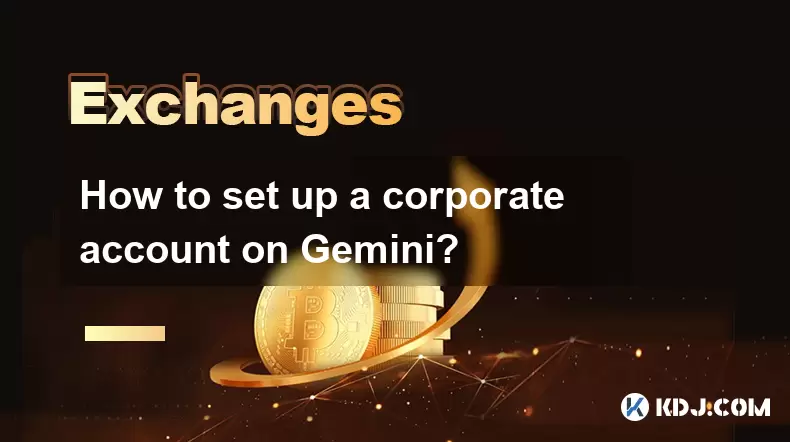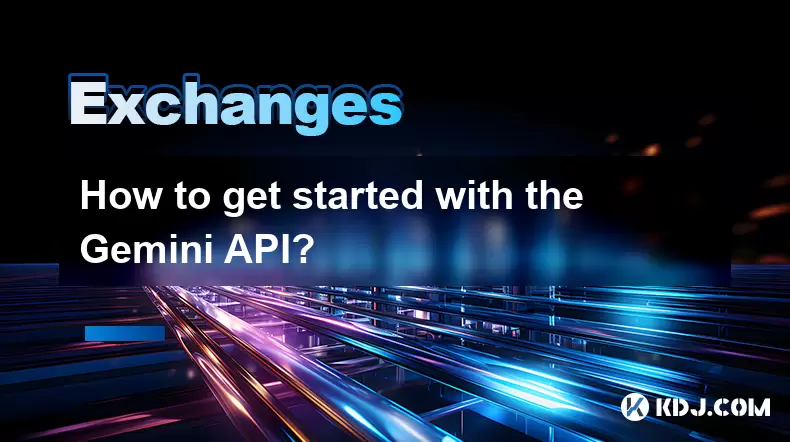-
 Bitcoin
Bitcoin $115000
0.12% -
 Ethereum
Ethereum $3701
4.50% -
 XRP
XRP $3.081
2.99% -
 Tether USDt
Tether USDt $0.0000
-0.01% -
 BNB
BNB $767.9
1.45% -
 Solana
Solana $169.5
3.13% -
 USDC
USDC $0.9999
0.01% -
 Dogecoin
Dogecoin $0.2106
4.30% -
 TRON
TRON $0.3334
1.62% -
 Cardano
Cardano $0.7564
2.54% -
 Stellar
Stellar $0.4165
0.76% -
 Hyperliquid
Hyperliquid $38.75
0.25% -
 Sui
Sui $3.593
3.00% -
 Chainlink
Chainlink $17.08
3.59% -
 Bitcoin Cash
Bitcoin Cash $573.6
4.35% -
 Hedera
Hedera $0.2508
-0.84% -
 Avalanche
Avalanche $23.07
6.46% -
 Ethena USDe
Ethena USDe $1.001
-0.02% -
 Litecoin
Litecoin $120.8
8.17% -
 UNUS SED LEO
UNUS SED LEO $8.943
-0.32% -
 Toncoin
Toncoin $3.400
-5.60% -
 Shiba Inu
Shiba Inu $0.00001255
1.54% -
 Uniswap
Uniswap $9.908
6.32% -
 Polkadot
Polkadot $3.718
2.10% -
 Monero
Monero $303.0
-0.74% -
 Dai
Dai $0.9999
-0.02% -
 Bitget Token
Bitget Token $4.392
0.91% -
 Cronos
Cronos $0.1403
6.31% -
 Pepe
Pepe $0.00001076
1.13% -
 Aave
Aave $267.2
1.80%
Binance cross-chain transfer teaching: multi-chain asset transfer
Binance enables cross-chain transfers, allowing users to move assets between blockchains like Ethereum and BSC using wrapped tokens, ensuring seamless interoperability and access to dApps.
Jun 11, 2025 at 07:28 pm

Understanding Cross-Chain Transfers on Binance
Cross-chain transfers allow users to move assets between different blockchain networks. Binance supports this functionality through its cross-chain bridge, enabling seamless movement of tokens across various blockchains like Ethereum, Binance Smart Chain (BSC), and others. This feature is particularly useful for users who want to access decentralized applications (dApps) or take advantage of lower transaction fees on alternative chains.
To begin with cross-chain transfers, it's essential to understand the concept of wrapped tokens. When you transfer an asset from one chain to another, Binance issues a wrapped version of that token on the destination chain. For example, transferring ETH from Ethereum to BSC results in receiving wETH (wrapped ETH) on BSC.
Before initiating any cross-chain transfer, ensure that:
- You have sufficient funds to cover network fees.
- You are using the correct wallet address for the target chain.
- The token you're transferring is supported on both source and destination chains.
Preparing Your Wallet for Cross-Chain Transfer
Before performing a cross-chain transfer on Binance, make sure your wallet is properly set up. Binance provides a built-in wallet within its platform, which simplifies the process significantly. However, if you're using an external wallet like Trust Wallet or MetaMask, you must configure it to support multiple chains.
Here’s how to prepare your wallet:
- Log in to your Binance account and navigate to the "Wallet" section.
- Select "Cross-chain Transfer" under the available options.
- Choose the asset you wish to transfer and confirm its availability on both the source and destination chains.
- Ensure that your wallet address on the destination chain is compatible with the token standard required by that chain.
Always double-check the destination address format, as sending tokens to an incompatible address may result in permanent loss of funds.
Initiating a Cross-Chain Transfer
Once your wallet is ready, you can proceed with the actual cross-chain transfer. Binance offers a user-friendly interface that guides you through each step of the process. Here’s how to initiate the transfer:
- Go to the Binance Cross-Chain Transfer page.
- Select the asset you want to transfer and choose the source and destination chains.
- Enter the amount of the asset you wish to send.
- Review the transaction details, including the estimated gas fee and expected arrival time.
- Confirm the transaction and wait for it to be processed.
During the transfer, Binance locks the original tokens on the source chain and mints equivalent wrapped tokens on the destination chain. This ensures that the total supply remains balanced and secure.
Monitoring the Status of Your Transfer
After initiating a cross-chain transfer, it's crucial to monitor its status to ensure everything goes smoothly. Binance typically displays the progress of your transfer in real-time within your transaction history.
You can check the status by:
- Visiting the "Transaction History" section in your Binance wallet.
- Looking for the specific cross-chain transfer entry.
- Clicking on the transaction ID to view detailed information on the blockchain explorer.
In some cases, delays may occur due to network congestion or high demand. If your transfer doesn’t appear immediately, don’t panic. Wait for a reasonable amount of time before reaching out to customer support. Always verify that the transaction hash matches the one shown in your Binance wallet.
Troubleshooting Common Issues
Despite Binance's robust infrastructure, users may occasionally encounter issues during cross-chain transfers. Some common problems include failed transactions, incorrect addresses, or unexpected delays. Here are steps to troubleshoot these issues:
- Check your network connection: A stable internet connection is necessary for successful transactions.
- Verify the recipient address: Sending assets to an unsupported or incorrect address can lead to irreversible losses.
- Ensure sufficient gas fees: Low gas fees might cause transactions to stall or fail.
- Review transaction hashes: Use a blockchain explorer to track your transaction independently from Binance.
- Contact Binance Support: If the issue persists, reach out to Binance’s customer service with your transaction details for further assistance.
If you notice any discrepancies, such as missing tokens after a confirmed transfer, cross-reference the transaction on the respective blockchain explorer. This will help determine whether the issue lies with Binance or the underlying blockchain network.
FAQ 1: Can I transfer any cryptocurrency across chains on Binance?
No, not all cryptocurrencies are supported for cross-chain transfers. Binance only allows transfers for tokens that have been integrated into its cross-chain bridge. Always verify whether the token you want to transfer is listed as compatible with the desired chain.
FAQ 2: How long does a cross-chain transfer usually take?
The duration varies depending on network conditions. Typically, transfers take between 3 to 30 minutes. During periods of high traffic, it may take longer. You can monitor the progress via the transaction hash provided by Binance.
FAQ 3: What happens if I send tokens to an unsupported chain?
Sending tokens to an unsupported chain can result in permanent loss of funds. Always double-check the compatibility of the destination chain and ensure the receiving wallet supports that specific token standard.
FAQ 4: Are there fees associated with cross-chain transfers?
Yes, cross-chain transfers incur fees. These include the network fee for processing the transaction and a cross-chain conversion fee charged by Binance. Make sure to review all costs before confirming the transfer.
Disclaimer:info@kdj.com
The information provided is not trading advice. kdj.com does not assume any responsibility for any investments made based on the information provided in this article. Cryptocurrencies are highly volatile and it is highly recommended that you invest with caution after thorough research!
If you believe that the content used on this website infringes your copyright, please contact us immediately (info@kdj.com) and we will delete it promptly.
- Bitcoin, Fed Rate Cut, and Crypto Stocks: A New Yorker's Take
- 2025-08-05 14:50:12
- Police, Cryptocurrency, Bitcoin Windfall: Unexpected Gains and Cautionary Tales
- 2025-08-05 15:30:12
- MAGACOIN: The Next Shiba Inu ROI? A Crypto Presale Deep Dive
- 2025-08-05 15:30:12
- Bitcoin, Kiyosaki, and the August Curse: Will History Repeat?
- 2025-08-05 14:50:12
- Crypto Airdrops: Your August 2025 Guide to Free Tokens & Opportunities
- 2025-08-05 13:45:13
- Luxury Dining Reimagined: St. Regis Singapore & Marriott's Culinary Celebration
- 2025-08-05 13:45:13
Related knowledge

How to set and manage alerts on the Gemini app?
Aug 03,2025 at 11:00am
Understanding the Gemini App Alert SystemThe Gemini app offers users a powerful way to stay informed about their cryptocurrency holdings, price moveme...

How to use the Gemini mobile app to trade on the go?
Aug 04,2025 at 09:14am
Setting Up the Gemini Mobile AppTo begin trading on the go using the Gemini mobile app, the first step is installing the application on your smartphon...

How to set up a corporate account on Gemini?
Aug 05,2025 at 03:29pm
Understanding Gemini Corporate AccountsGemini is a regulated cryptocurrency exchange platform that supports both individual and corporate account crea...

What to do if you forgot your Gemini password?
Aug 04,2025 at 03:42am
Understanding the Role of Passwords in Gemini AccountsWhen using Gemini, a regulated cryptocurrency exchange platform, your password serves as one of ...

What are the websocket feeds available from the Gemini API?
Aug 03,2025 at 07:43pm
Overview of Gemini WebSocket FeedsThe Gemini API provides real-time market data through its WebSocket feeds, enabling developers and traders to receiv...

How to get started with the Gemini API?
Aug 05,2025 at 12:35pm
Understanding the Gemini API and Its PurposeThe Gemini API is a powerful interface provided by the cryptocurrency exchange Gemini, enabling developers...

How to set and manage alerts on the Gemini app?
Aug 03,2025 at 11:00am
Understanding the Gemini App Alert SystemThe Gemini app offers users a powerful way to stay informed about their cryptocurrency holdings, price moveme...

How to use the Gemini mobile app to trade on the go?
Aug 04,2025 at 09:14am
Setting Up the Gemini Mobile AppTo begin trading on the go using the Gemini mobile app, the first step is installing the application on your smartphon...

How to set up a corporate account on Gemini?
Aug 05,2025 at 03:29pm
Understanding Gemini Corporate AccountsGemini is a regulated cryptocurrency exchange platform that supports both individual and corporate account crea...

What to do if you forgot your Gemini password?
Aug 04,2025 at 03:42am
Understanding the Role of Passwords in Gemini AccountsWhen using Gemini, a regulated cryptocurrency exchange platform, your password serves as one of ...

What are the websocket feeds available from the Gemini API?
Aug 03,2025 at 07:43pm
Overview of Gemini WebSocket FeedsThe Gemini API provides real-time market data through its WebSocket feeds, enabling developers and traders to receiv...

How to get started with the Gemini API?
Aug 05,2025 at 12:35pm
Understanding the Gemini API and Its PurposeThe Gemini API is a powerful interface provided by the cryptocurrency exchange Gemini, enabling developers...
See all articles

























































































